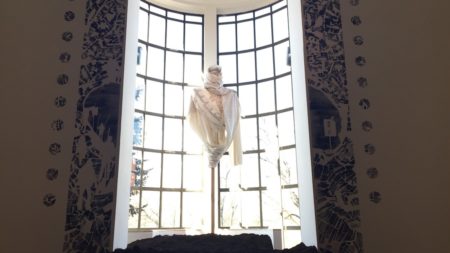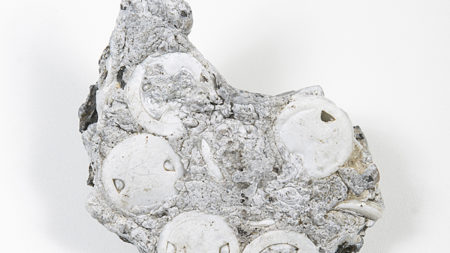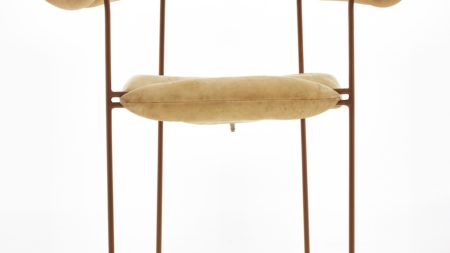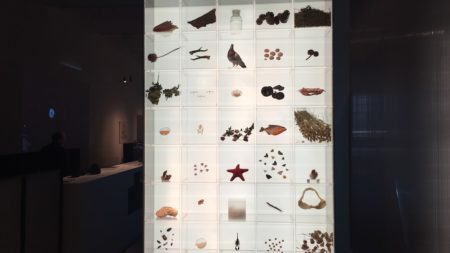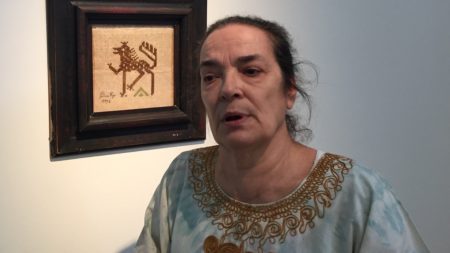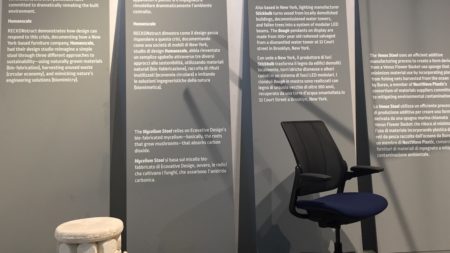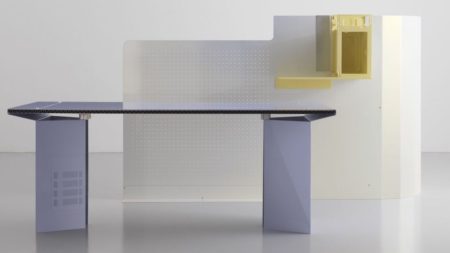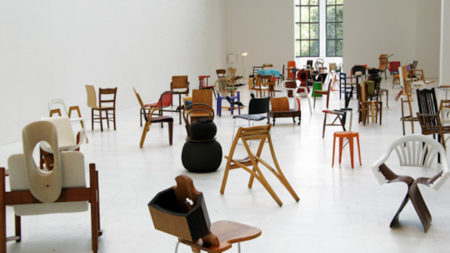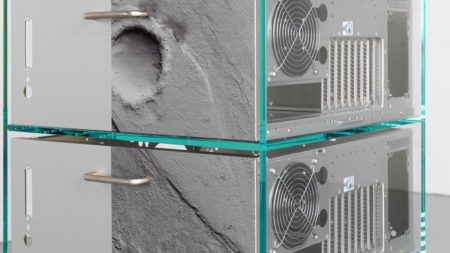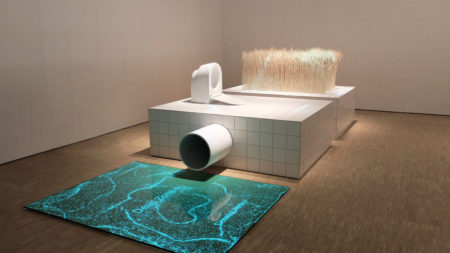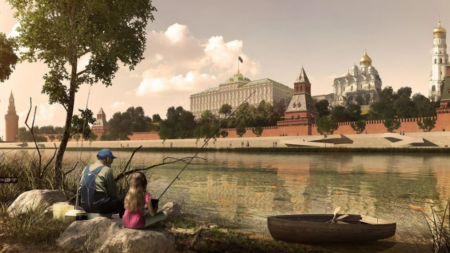
Broken Nature is a sort of Museum of Natural History of the future focused on the connections, compromised and sometimes destroyed, between humans and their natural environments.
For the XXII Triennale, Paola Antonelli selects around 100 projects that give the word “design” a completely new meaning. In 1952 Rogers coined “From the Spoon to the Town” but nowadays the motto is “From the Cosmic Perspective to everyday objects” (even office furnishings), with empathy.
“Broken Nature. Design Takes on Human Survival” is the title of the 22th Triennale Milano (1 March / 1 September 2019) which takes place inside the Palazzo della Triennale.
The curator Paola Antonelli, for the occasion “borrowed” from the MoMA in New York (assisted by Ala Tannir, Laura Maeran, Erica Petrillo and Laurie Mandin) explores the concept of Restorative Design-antithetic to Anthropocentric Design- highlighting the role of design as a catalyst for behavioral and social change.
The exhibition invites us to discover what we did wrong and sets three main objectives: to give citizens the sense of long term; to show the complexity of the systems we live in; to suggest what can be done in everyday life.
Smart use of technologies and new strategies, creative practices aimed at the survival of the species, but also the recovery of the “common sense” of our ancestors who for generations lived in balance with the ecosystem, repaired and not wasted; long before these issues became the keywords of Sustainability and Cradle to Cradle approach.
Broken Nature is composed of a thematic exhibition (that includes some site specific works commissioned to some artists/designers: Accurat, Formafantasma, Neri Oxman, Sigil Collective); two special exhibitions (The Great Animal Orchestra by Bernie Krause and United Visual Artists; The Nation of Plants curated by Stefano Mancuso) and and a number of international participations solicited through official channels.
It shows great NASA’s projects (Images of Changes that show climate changes on Earth) together with gold embroidery on linen made with the fine “silk” extracted from Pinna Nobilis hand-crafted as handed down for 28 generations by the women ancestors of Chiara Vigo (The Lion of Women).
The Reliquaries (by Paola Bay and Armando Bruno) which collects specimens of plant animals collected in different continents, to the biodegradable egg shaped urn where our ashes will feed a plant (Capsula Mundi by Anna Citelli and Raoul Bretzel).
About Office Design, Humanscale presented Smart Ocean Chair (WOW talk about in this article) the first-ever task chair made with ocean plastic at the American pavilion, titled RECKONstruct, focused on how sustainable design can respond to the current global environmental crisis.
While Formafantasma duo design (Simone Farresin, Andrea Trimarchi) proposes Ore Streams, an office furniture collection for the near future made using dead-stock and recycled electronic materials; a project to correct the flaws in the current waste-stream system.
And Martino Gamper made 100 chairs recycling different waste of furnishings (100 Chairs in 100 Days).
A nice breath of air compared to the “commercial” Design proposals, too often a sterile formal elegance, which the business world offers us.
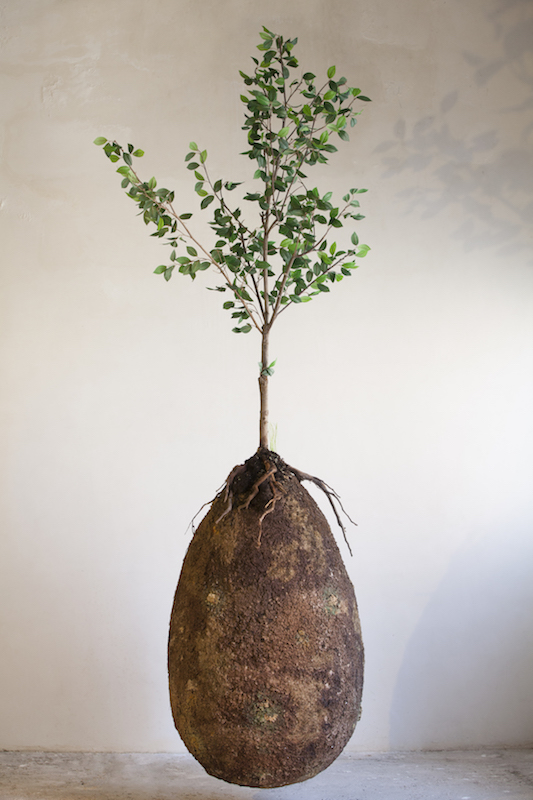
Captions
Upper photo © Luc Boegly: Bernie Krause and United Visual Artists, The Great Animal Orchestra, 2016, multimedia installation, 1 h 32, Collection Fondation Cartier pour l’art contemporain (acq. 2017). View of the exhibition The Great Animal Orchestra, Fondation Cartier pour l’art contemporain, Paris, 2016 .
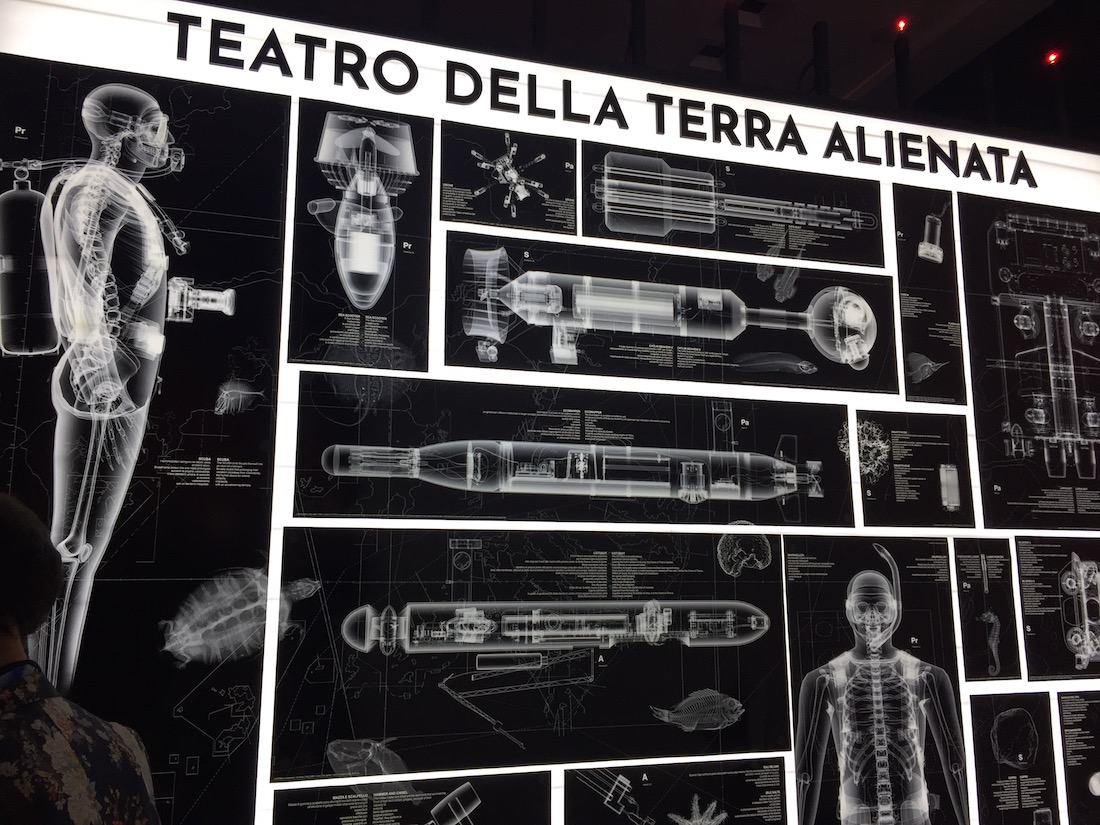
Circular Flows: The Toilet Revolution! (Austria Pavilion) is the title of the exhibition of the Austrian design studio EOOS, that presents the Urine Separation Toilet in response to a global ecological challenge (Winner Gold Bee Award).
Teatro Della Terra Alienata (Theatre of the Alienated Land), the Australian Pavilion consolidates two years of research and pedagogical projects led by UTS Architecture Lecturers Amaia Sanchez-Velasco, Jorge Valiente Oriol, Gonzalo Valiente and Miguel Rodriguez-Casellas, in collaboration with artists, as well as academics and students from the schools of Design, Architecture and Life Sciences at UTS (Winner Black Bee Award).
The Moscow River Age. The Russian Pavilion explores the human-river relationship and represents a timeline of stories that spans 200 years(Winner Wax Bee Award).


